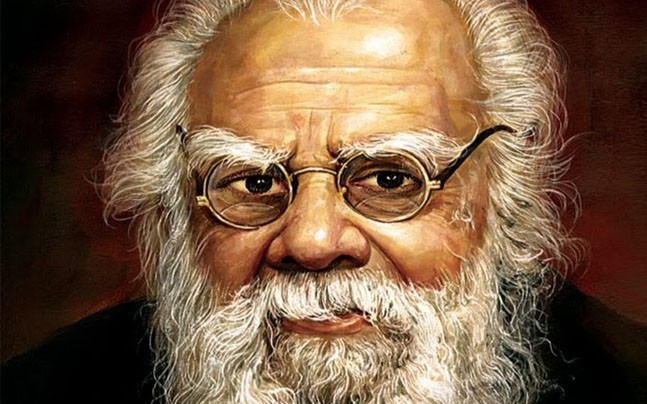
Strategies That We Can Draw From Periyar’s Life and Mission to Counter Hindutva
After his death, Periyar invokes fear in the minds of Brahmins/Hindutva forces and mixed response among the Dalits in Tamil Nadu. Any person and his actions can be understood only with the understanding of their situation and nature of people and problems around them. To measure any person of the past against the present time do not do justice to their actions. So we leave the biography behind and concentrate on what we can learn and apply today from the biography and actions of Periyar. In other words, strategies we can learn from Periyar.
1. Have a clear goal: the annihilation of Brahminism
Periyar was anti-Brahminism to the extent that he was against Hinduism constructed by the Brahmins. To destroy Brahminism was his clear goal. He never lost sight of his goal of the destruction of Brahminism. His movement slammed the statues of Ganesh and later on Ram in public. He wrote books to deconstruct and ultimately destroy the Brahminical books. His book on Ramayana is still banned in Uttar Pradesh. In order to annihilate Brahminism, he saw the need for annihilation of caste. This strategy involved intercaste marriages known as Self Respect marriages and abandoned the caste names. He was one of the heroes of Vaikom Temple entry movement.
2. Grassroot level mobilization
Periyar throughout his life was involved in grassroots level mobilization. He travelled widely throughout not only India but the world as well. He mobilized non-Brahmin movement wherever the non-Brahmin Tamil migrated.
3. Steering away from direct politics, but supporting the political society to further the interests of Non-Brahmins
Periyar had a chance to become the Chief Minister of Tamil Nadu had he wanted, but he refrained from making his movement fully political. As we know that he was involved in the politics and even campaigned against his own protege, Annadurai, he was not immune to electoral politics. But he kept his movement above politics and not subservient to politics. In a highly politicized world of non-Brahmin movement, every social movement seeks the goal of a political party. Movements are powerful in their core is they have clear goals in sight.
4. Broadening alliances to counter the Brahminism
Though Periyar was a Kannadiga, in his scheme of Dravid Nadu, he was ready to forgo regional identity. Whenever he talked about Dravid Nadu, he included present-day Telangana, Andhra Pradesh, Kerala, Karnataka, and Tamil Nadu together. At times, he added parts of Bengal in his scheme of Dravid Nadu. But strangely he denounced the idea of the formation of Dakshin Pradesh as a big state in independent India.
5. Making regional issues mobilize against the idea of Hindi, Hindu, and Hindustan
He militated against all the colonisation of south India by resisting imperialist tendencies of the Brahminical Hindutva forces.
Author – Mangesh Dahiwale, Human Rights Activist



+ There are no comments
Add yours